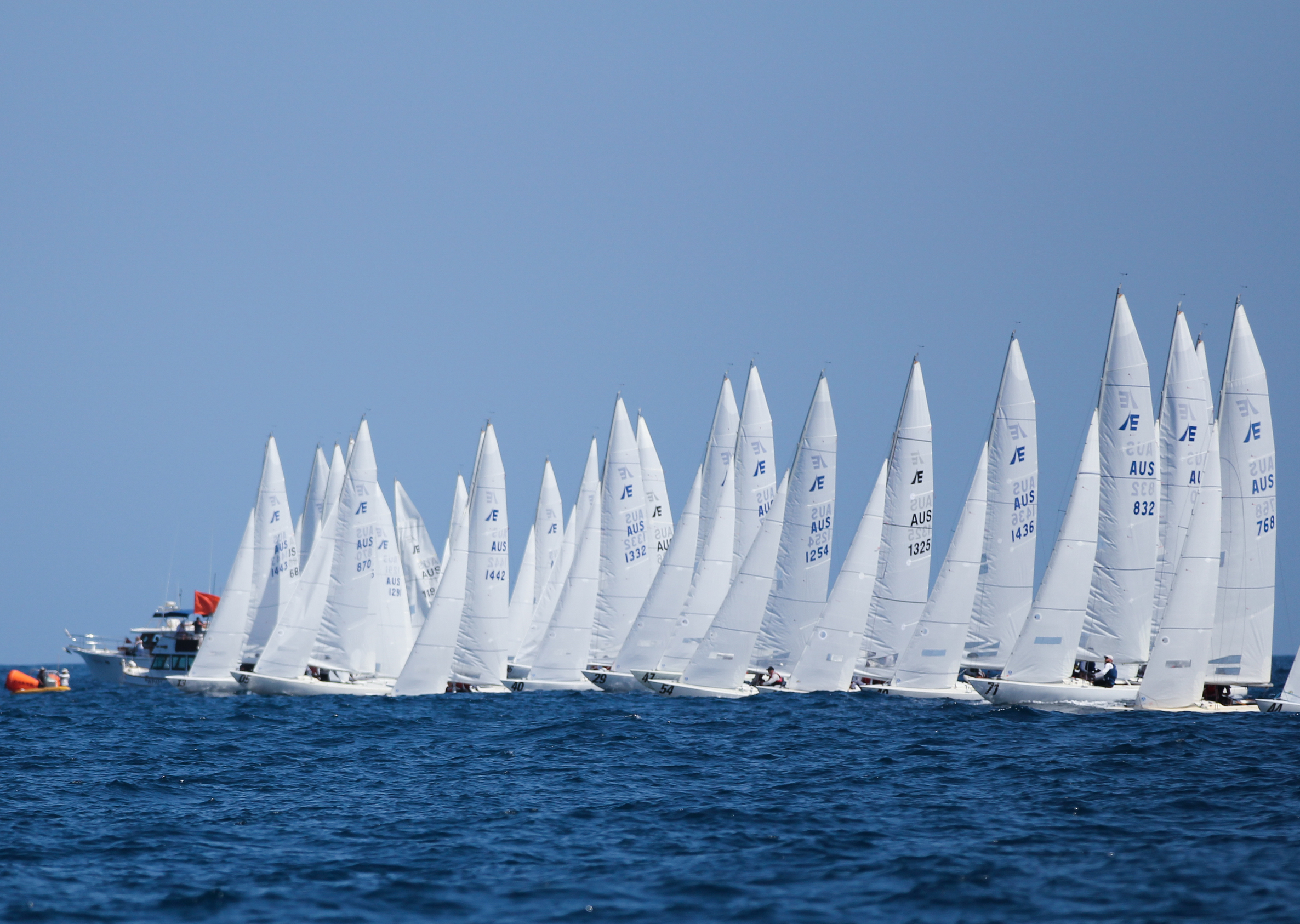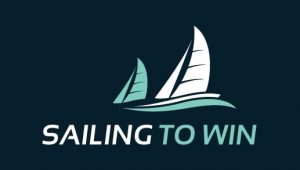

The Start. Starting is one of the most complex aspects of a boat race with many moving parts, sail trim, team communication, competitors’ attack and defence moves and the overall strategic view. All aspects have to flow and come together all at the one time on the go Signal.
Preparation
Many teams spend huge hours working on perfecting crew work and purchasing the best sails. But every weekend we turn up to the start line with 15 minutes to go. We all are aware of how this picture turns out.
Like anything, the preparation needs to be happening well before your start time. You need to do this just to have an even chance with the opposition.
The amount of information gathering alone, like your head to wind reading and the favoured end of the start line, will take a minimum 20 minutes, so allow yourself the time to collect the data. It is not possible to collect the data and have some practice runs if you have not allowed 1 full hour before the start time.
The other aspect top teams have at start time is they are very relaxed and composed. You need a clear relaxed outlook to start well. Any raised voice and emotional output during the start period takes your mind away from the critical speed and time on distance calculations. You cannot make clear decisions under emotional pressure and load.
Key data collection points.
Port and Starboard tack compass headings sailing upwind, are a critical part of the tactical information decision-making process.
Start line compass bearing was taken from the start boat end heading towards the pin end. eg. 90 degrees.
Head to wind reading taken from the middle of the line. eg. 190 degrees a square even start line would be 180 degrees so with the wind at 190 degrees we have a 10-degree bias to the boat end. This is informing us to start towards the favoured end.
The time it takes to sail from start boat to pin end – this is critical information in big fleets. The start line at the Brisbane 2018 Etchells Worlds was 1 nautical mile long. That’s a long sail in an Etchells at 4 knots.
3 x practice runs at the line in full race trim.
Advice From John Cuneo
Many, many moons ago on my first ever World Championship attempt, our then Dragon Olympic Gold Medallist at my home club, Mr John Cuneo, gave me some great advice and I still use it today with all the people I coach.
- There are only ever 3 boats in a sailboat start; you, the boat to Weather and the boat to Leeward. At all times you must be bow forward on both these boats to have a fighting chance. He would always say “make sure you win the small start first”.
- The second point John expressed was starting is like being a boxer; if you stand flat-footed you will get hit. You need to duck, weave, and change speed – it makes you harder to catch. One area John expressed is you need to duck move and mostly watch and look around for the openings or attacks.
We have seen it so many times in the starting area if you sit and luff your boat you will be a sitting duck and a target for others.
Keep your eyes dancing all around just like the boxer watching for the knockout punch. We must be aware at all times of the other competitors.
In the last 15 seconds in most sailboat starts it’s key to be getting to maximum speed. When the gun goes you need to be at max speed.
Reproduced with kind permission of RBYC Melbourne, Australia and Head Coach Adrian Finglas
Adrian has won many Australian National championships from Sabot, 420, 470, 505, Youth Nationals, Pre Olympic selections in 1992, Win in the Sydney Hobart race,
He has an extremely diverse sailing background from professional racing to teaching young children’s Tackers.
Adrian travelled the globe for 20 years of his life chasing the sailing challenge either racing himself or coaching. He coached 2 Para-Lympic medals for Australia at the 2008, 2012 games and was the Olympic coach for the Yngling at the 2008 Olympic games

